World premiere of the Audi Q6 e-tron: What’s next for Audi?
Audi organised the world premiere of an electric beacon of hope at the plant where the new model is being built. That was Audi’s plan in 2018 when the e-tron quattro was to be unveiled. But then, just a few weeks before the planned event, then Audi CEO Rupert Stadler was taken into custody as part of the Dieselgate investigation and was suspended by Audi a day later. The presentation in Brussels, tailored to Stadler, had to be rescheduled without further ado. Stadler’s successor, Bram Schot, pulled the sheet off the e-tron quattro in San Francisco to maximise physical distancing.
Six years later, Audi presented its next electric beacon of hope at an event at the plant where the car will be built. The little anecdote surrounding the world premiere of the e-tron quattro has since been forgotten, and the heads have long since changed. The reasons for the world premiere delay are no longer of a criminal nature but technical, as Audi’s new CEO Gernot Döllner was not satisfied with the software.
The development team managed to change the mind of Audi’s top manager, at least for the high-profile world premiere. “The Q6 e-tron on the new PPE platform is the next technological leap in electric premium mobility for our customers,” Döllner is now quoted as saying. “The PPE shows how we are pooling expertise within the Volkswagen Group to make electric mobility scalable. Thanks to the PPE, we are in a position to launch high-volume models with high technical standards in different segments and thus further electrify our portfolio.” The flexibility of the PPE will help to give future models “their independent character and the typical Audi DNA” despite the same technical basis.
“Benchmarks for EV performance, range and charging”
The fact that the PPE and the Q6 e-tron, the first Audi on this platform, are once again seen as beacons of hope also has to do with the developments since 2018. In its segment and as a vehicle based on a combustion platform, the debut electric car, which has since been renamed the Q8 e-tron quattro, was more of an attempt to offer an electric vehicle without an independent EV platform. The Q4 e-tron uses Volkswagen’s MEB and struggles to stand out from its (cheaper) sister models. The e-tron GT has been an exotic model from the outset and is essentially a Porsche Taycan in Audi’s new guise. But it is not an Audi that could and would be able to fulfil the company’s claim of “Vorsprung durch Technik.”
The “Premium Platform Electric,” developed with Porsche within the Group in recent years, will change that. As will the E3 1.2 electronics architecture. Audi no longer wants to follow the market but to set the trends again. “The Q6 e-tron sets standards in EV performance, range and charging,” writes Audi with noticeable pride. “Thanks to the new E3 1.2 electronics architecture, the Q6 e-tron series is the technological spearhead of the Audi portfolio.”
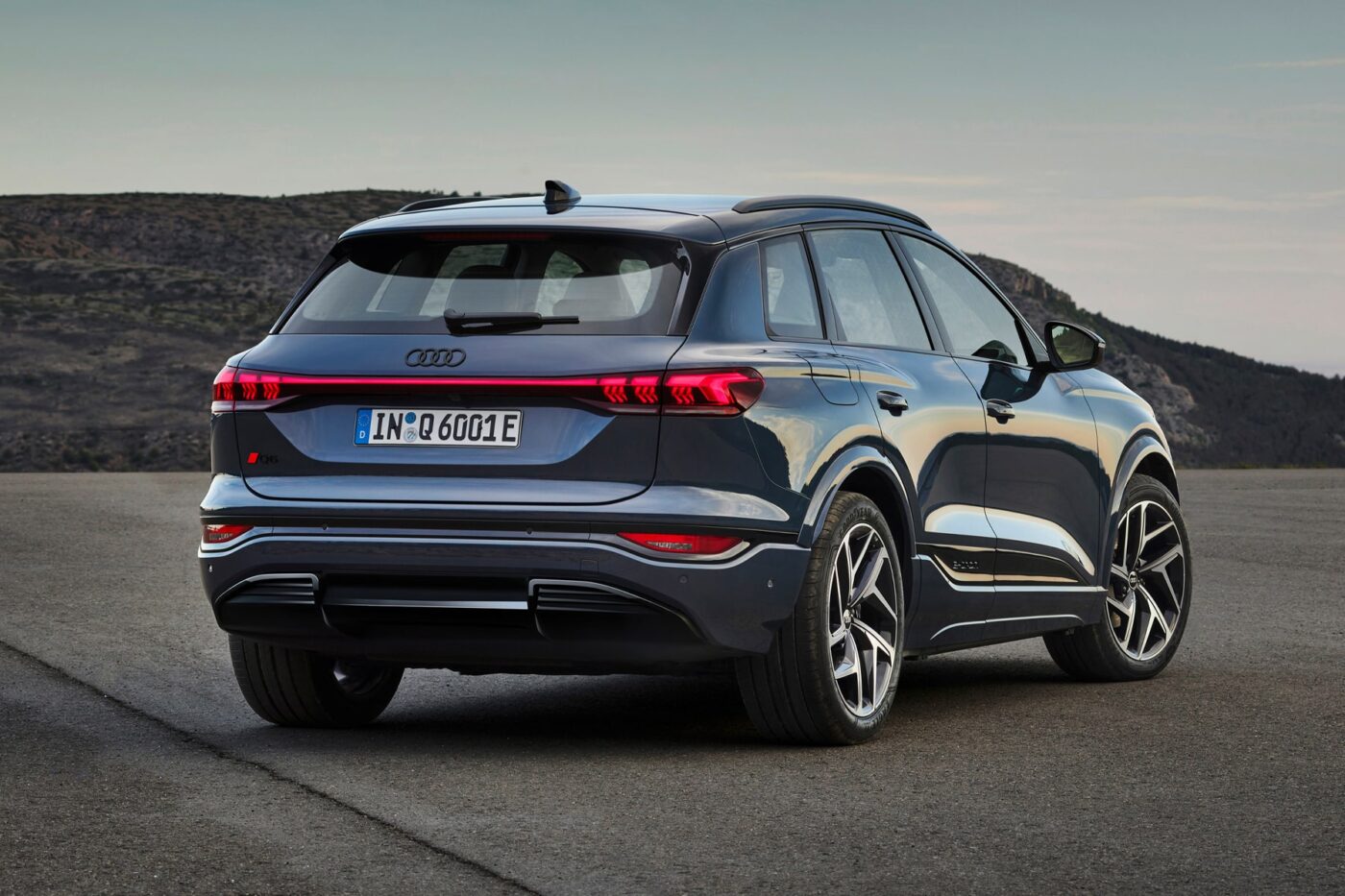
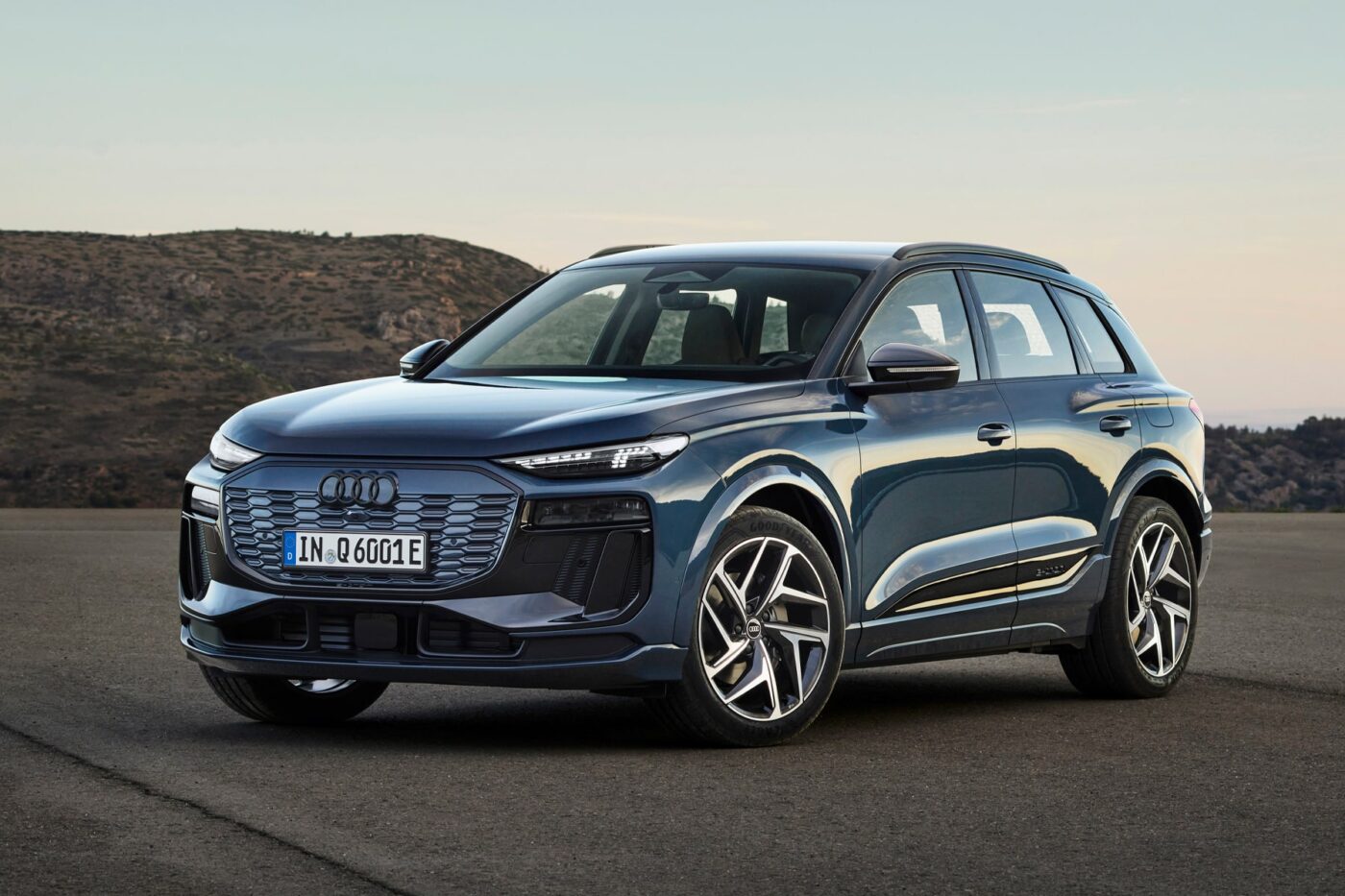
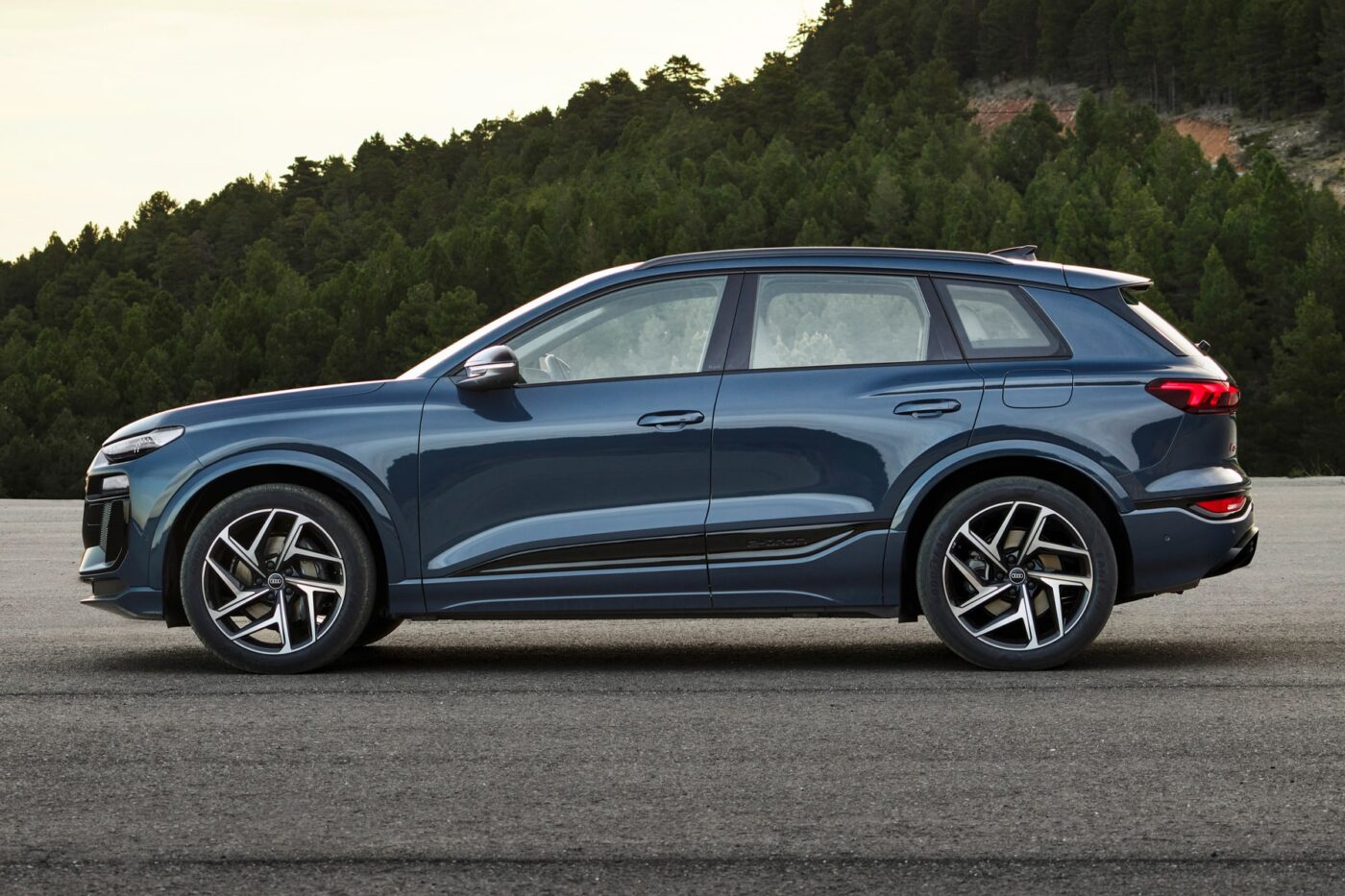
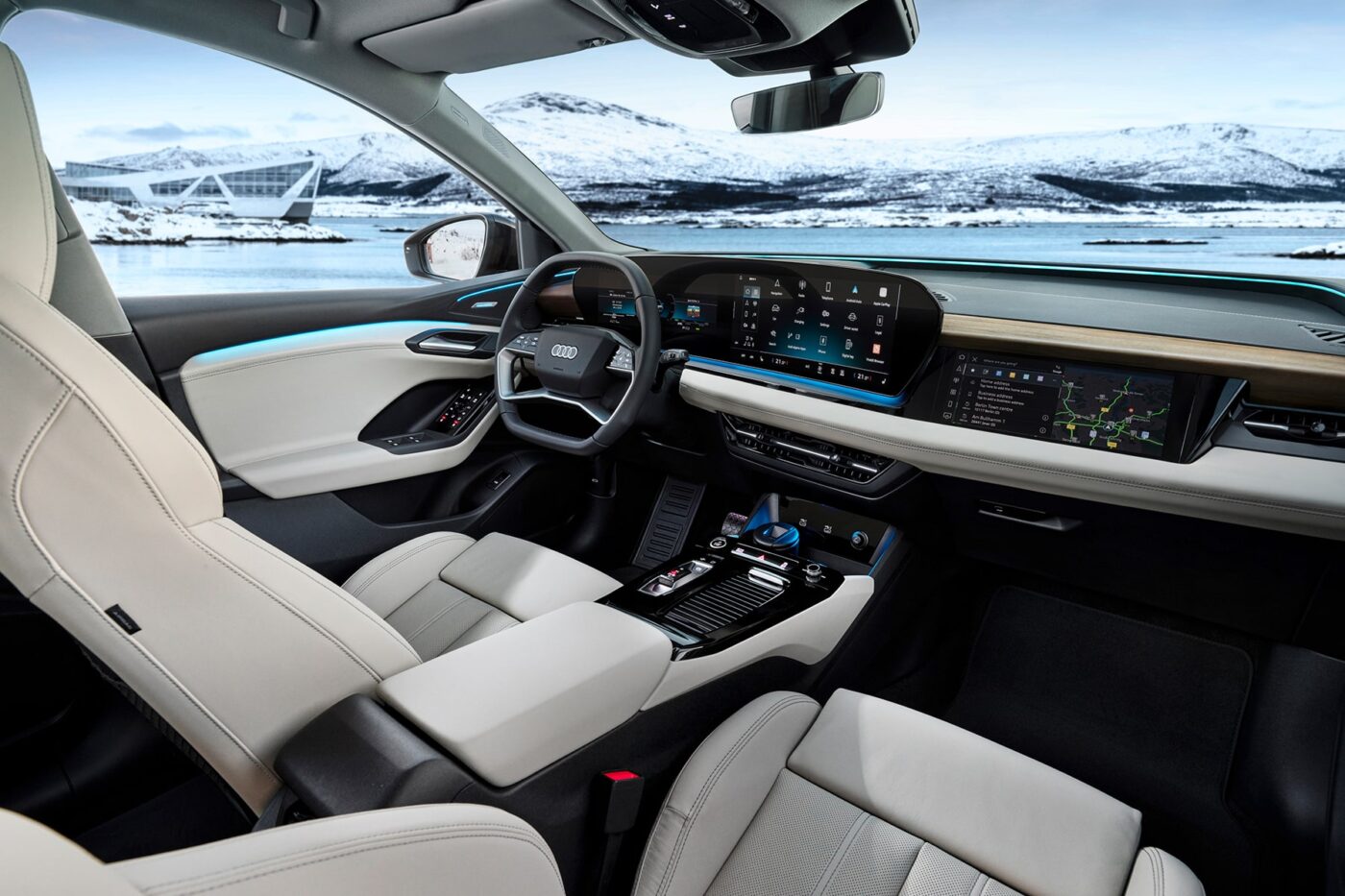
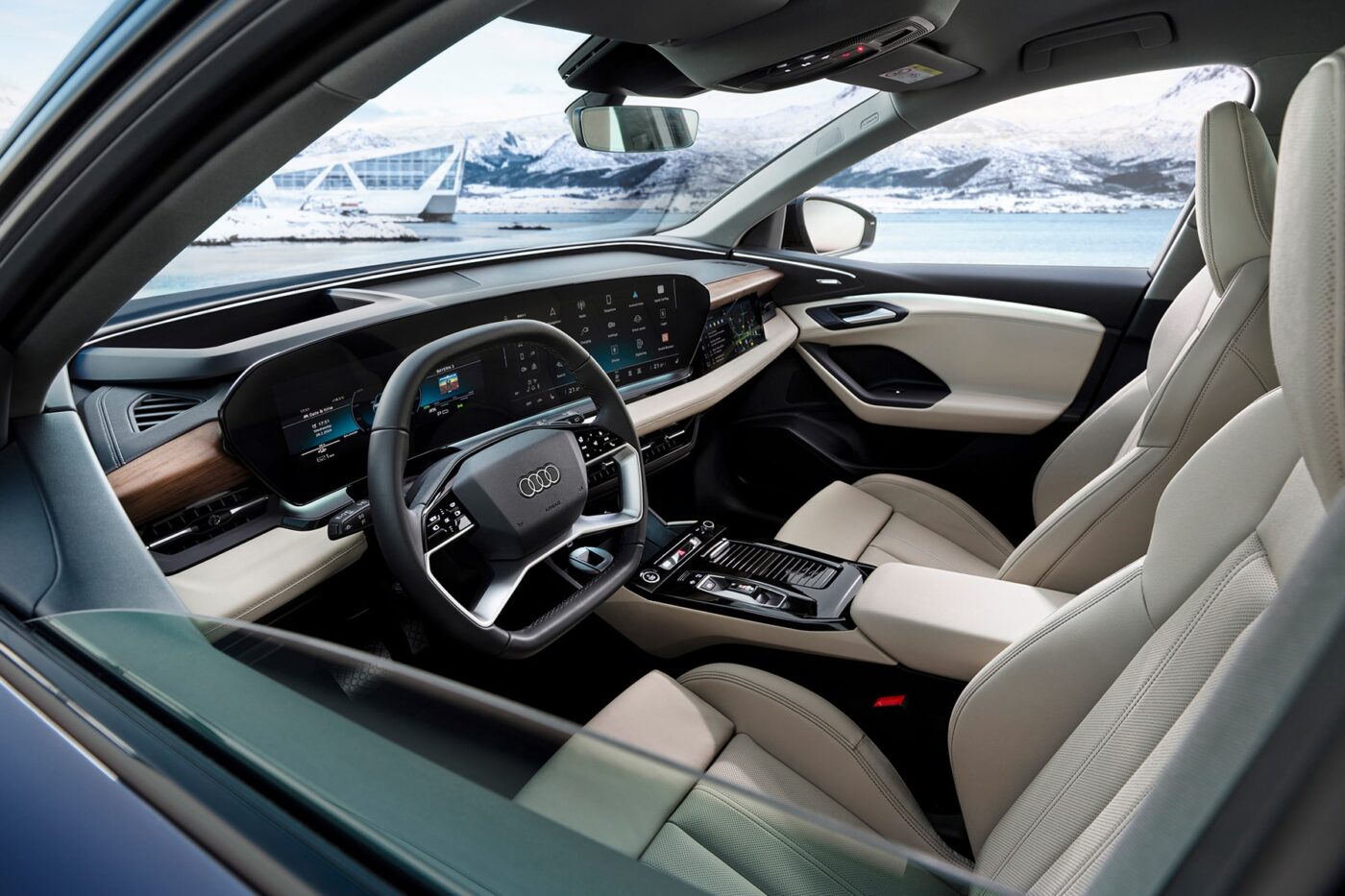
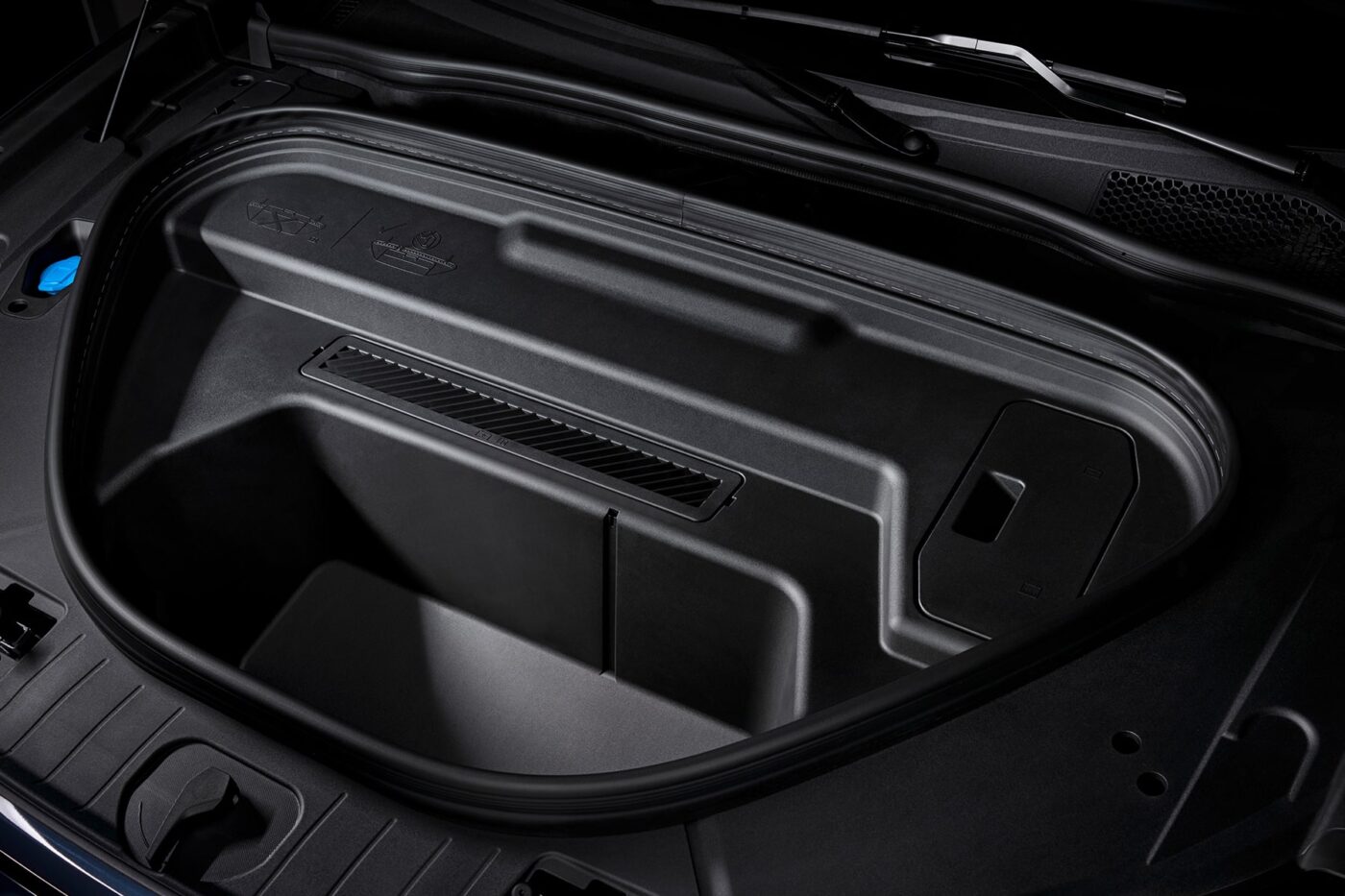
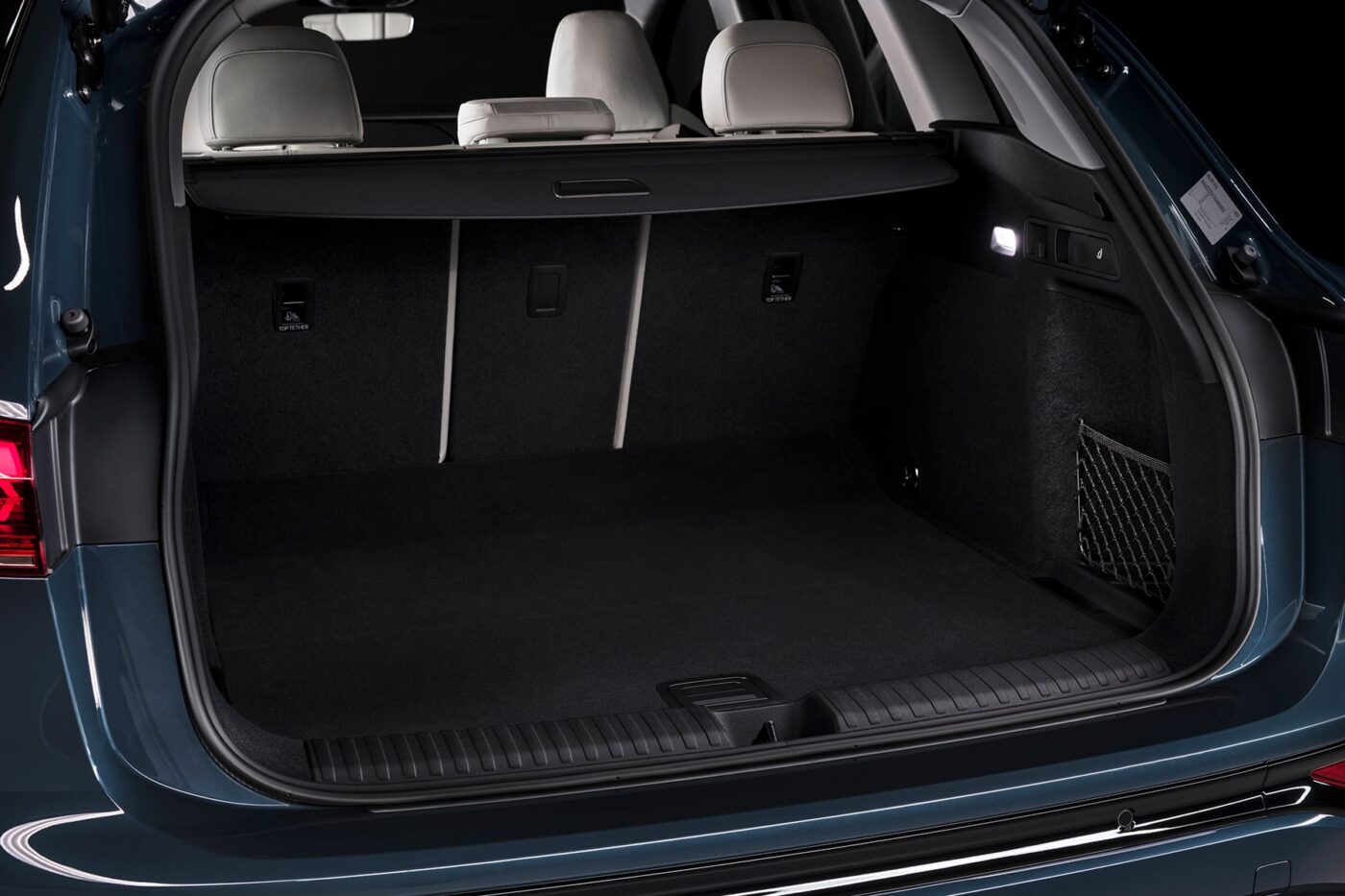
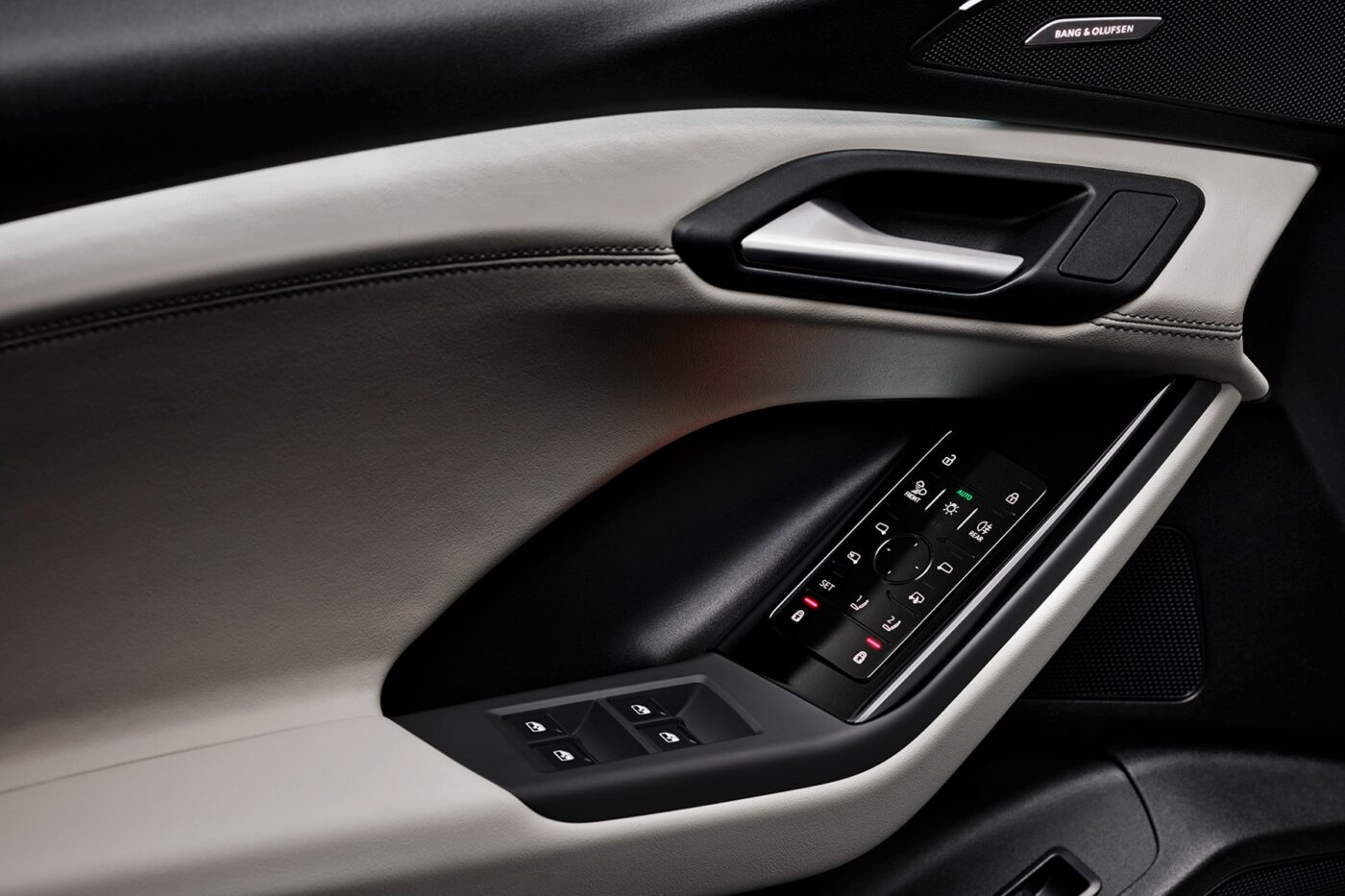
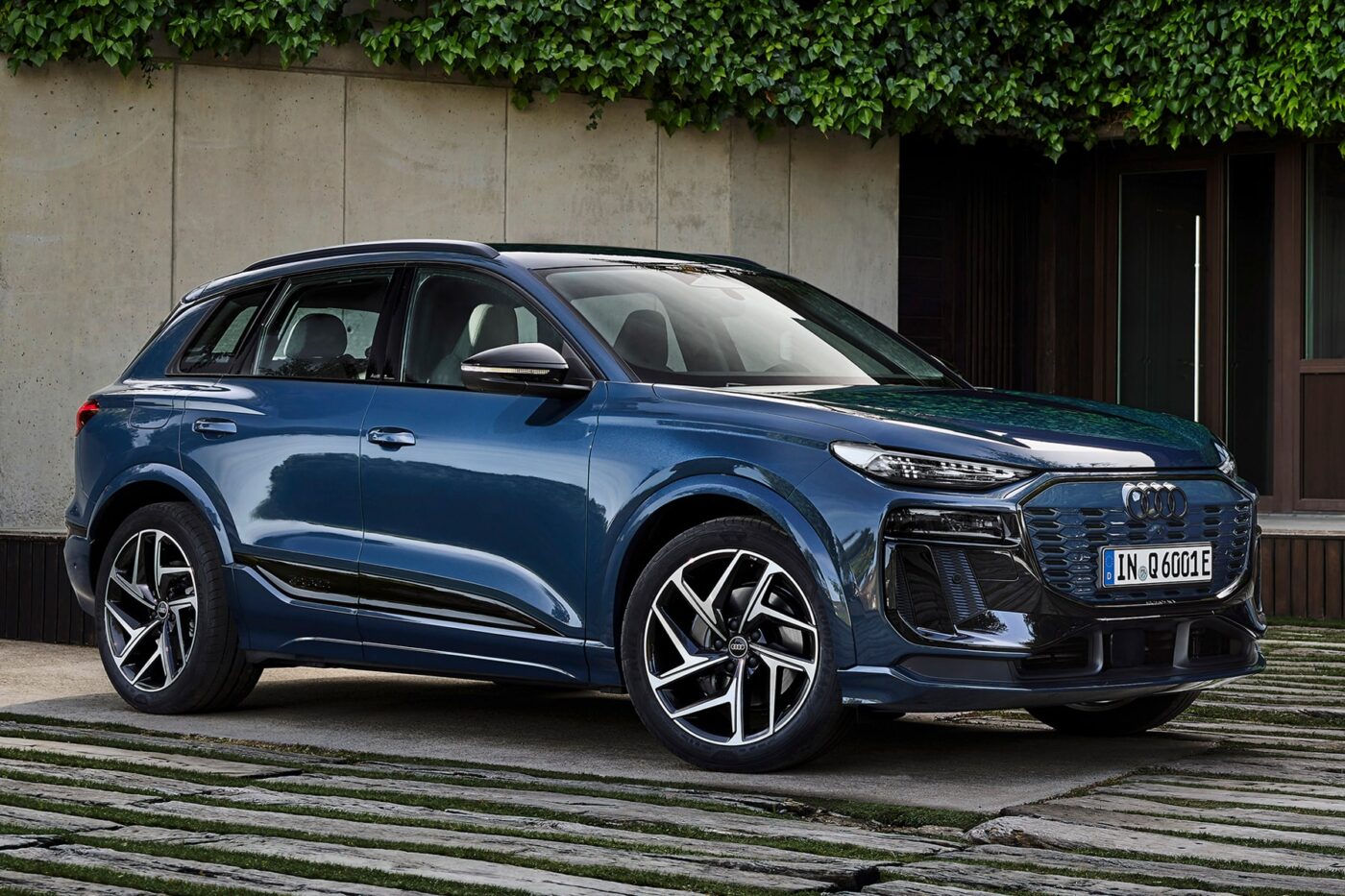
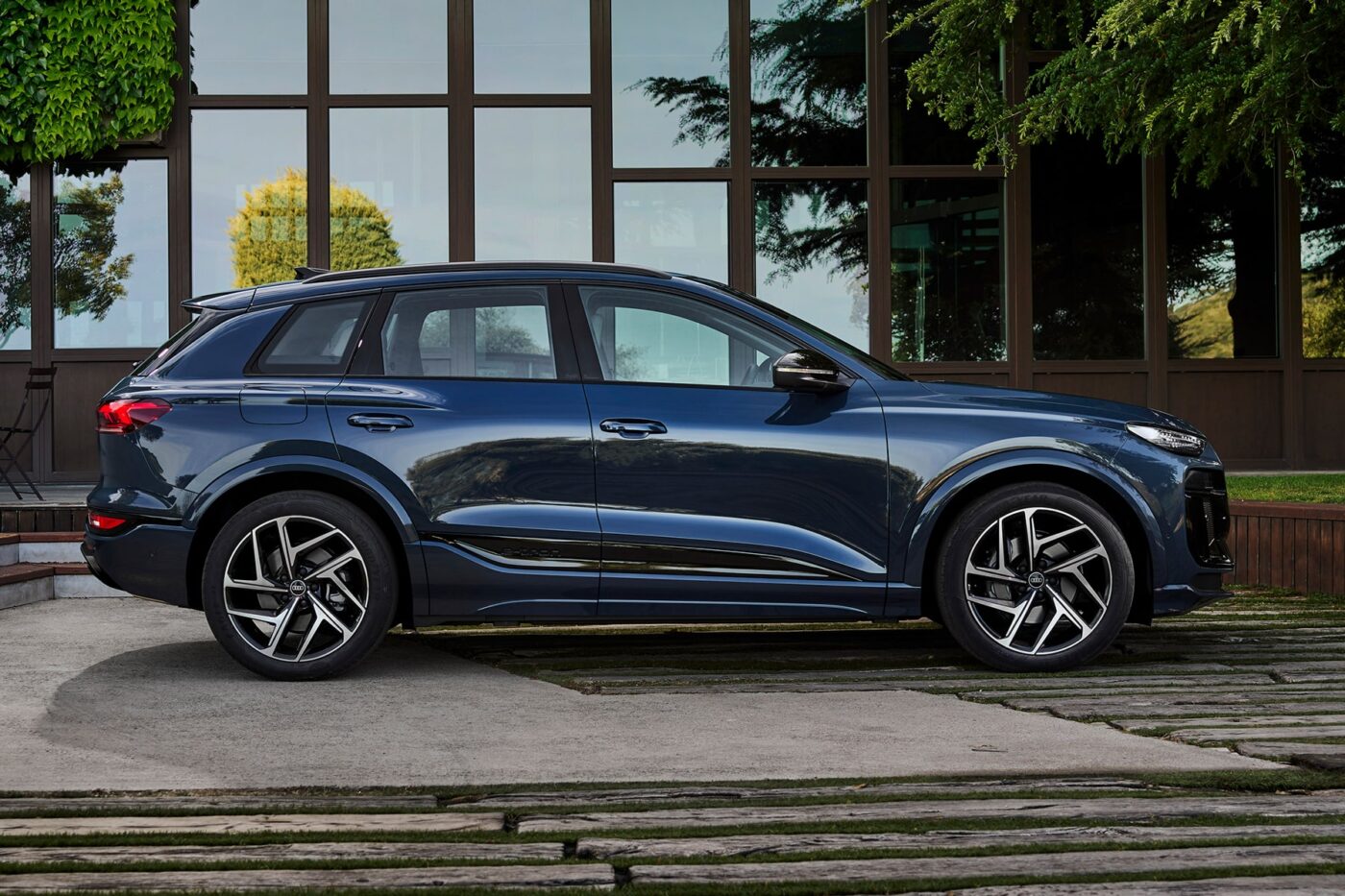
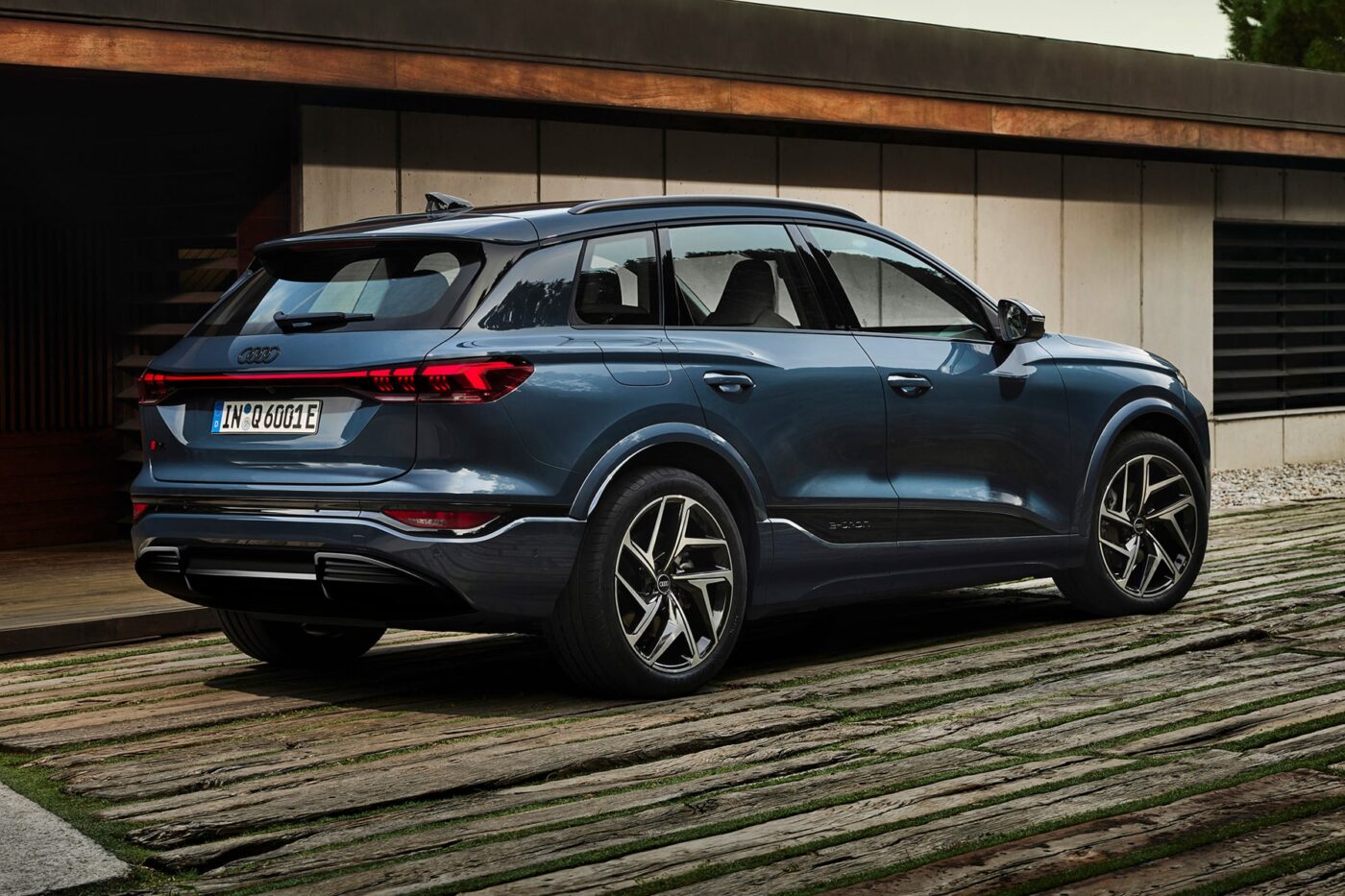
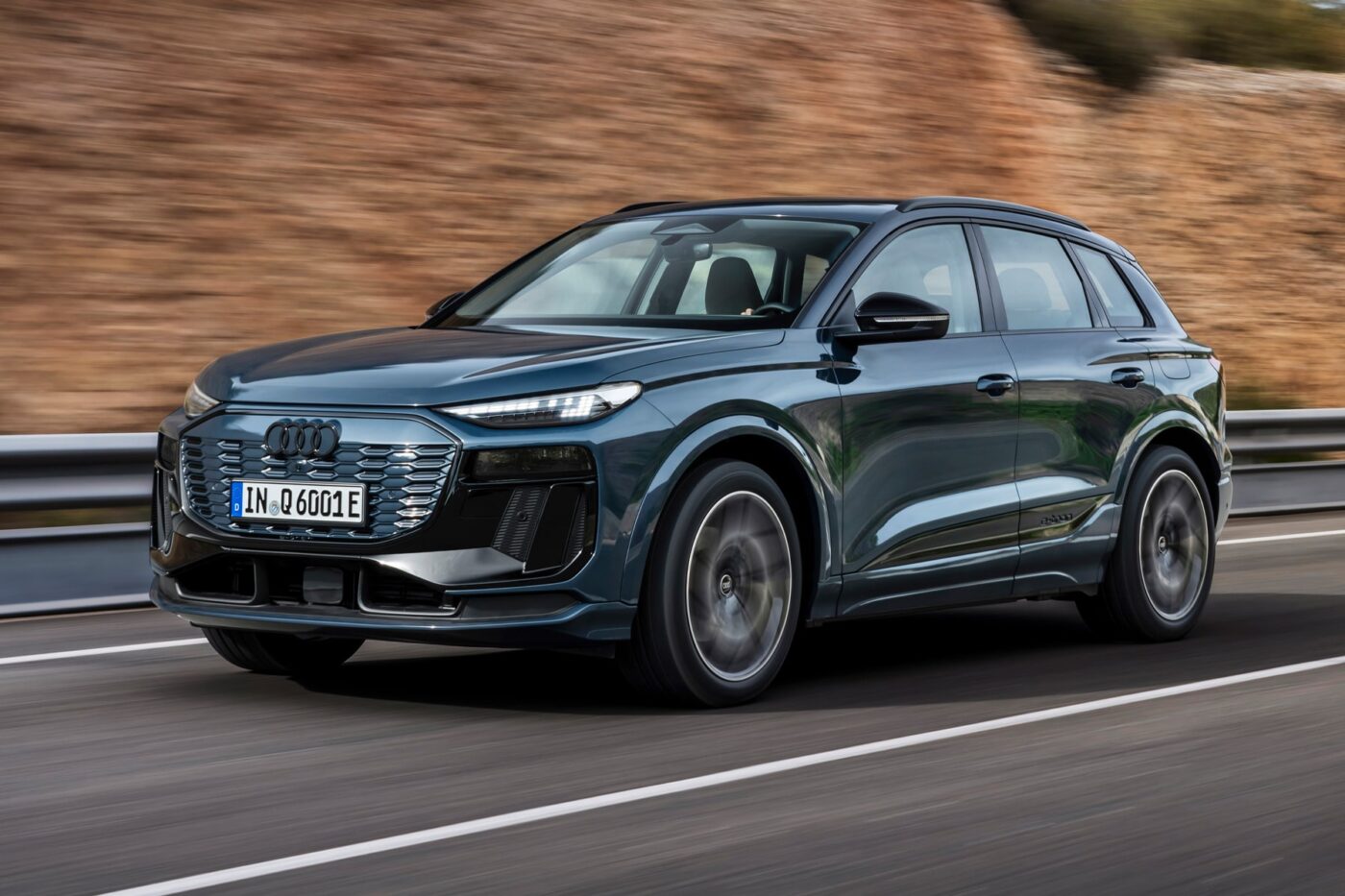
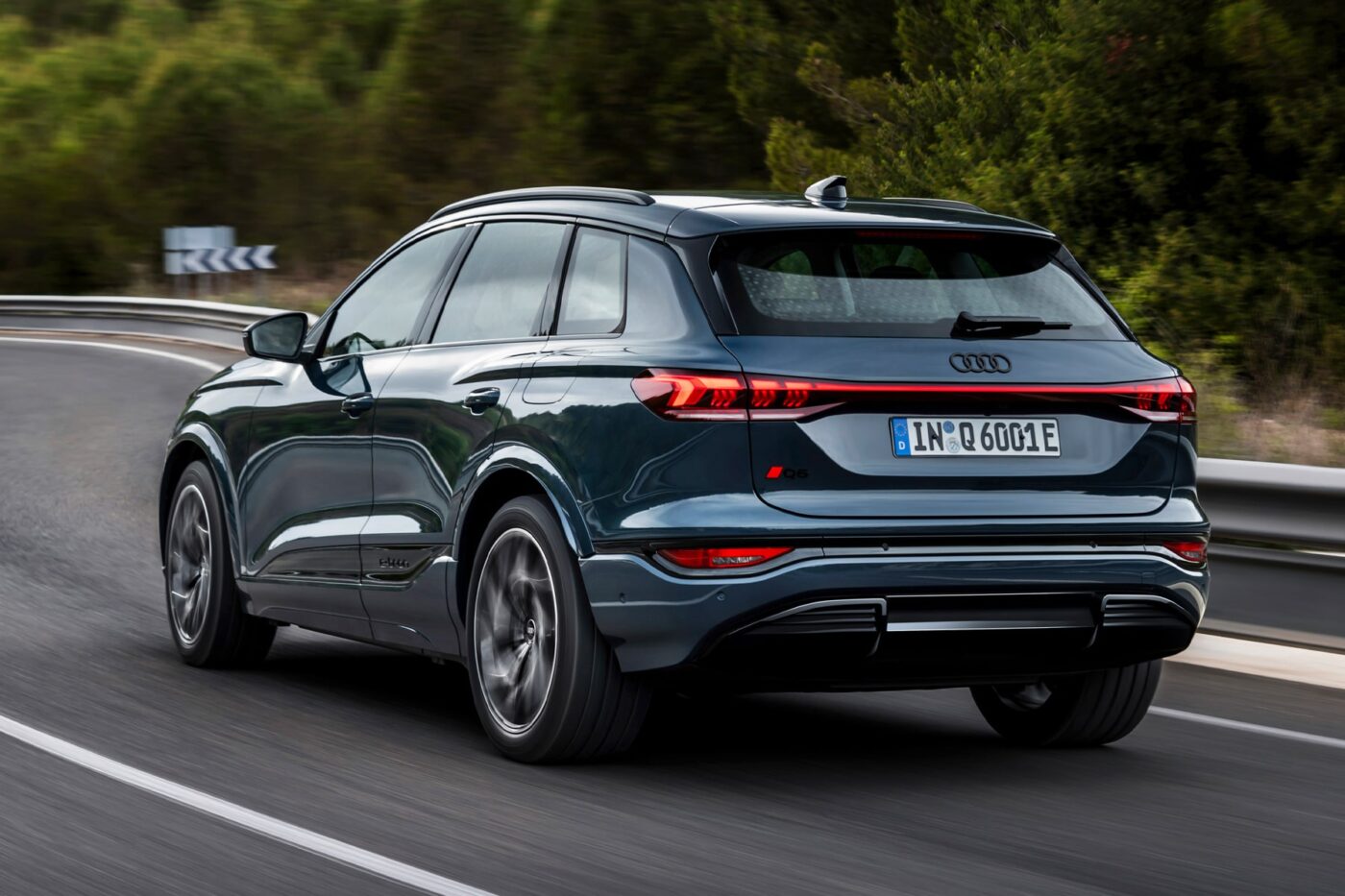
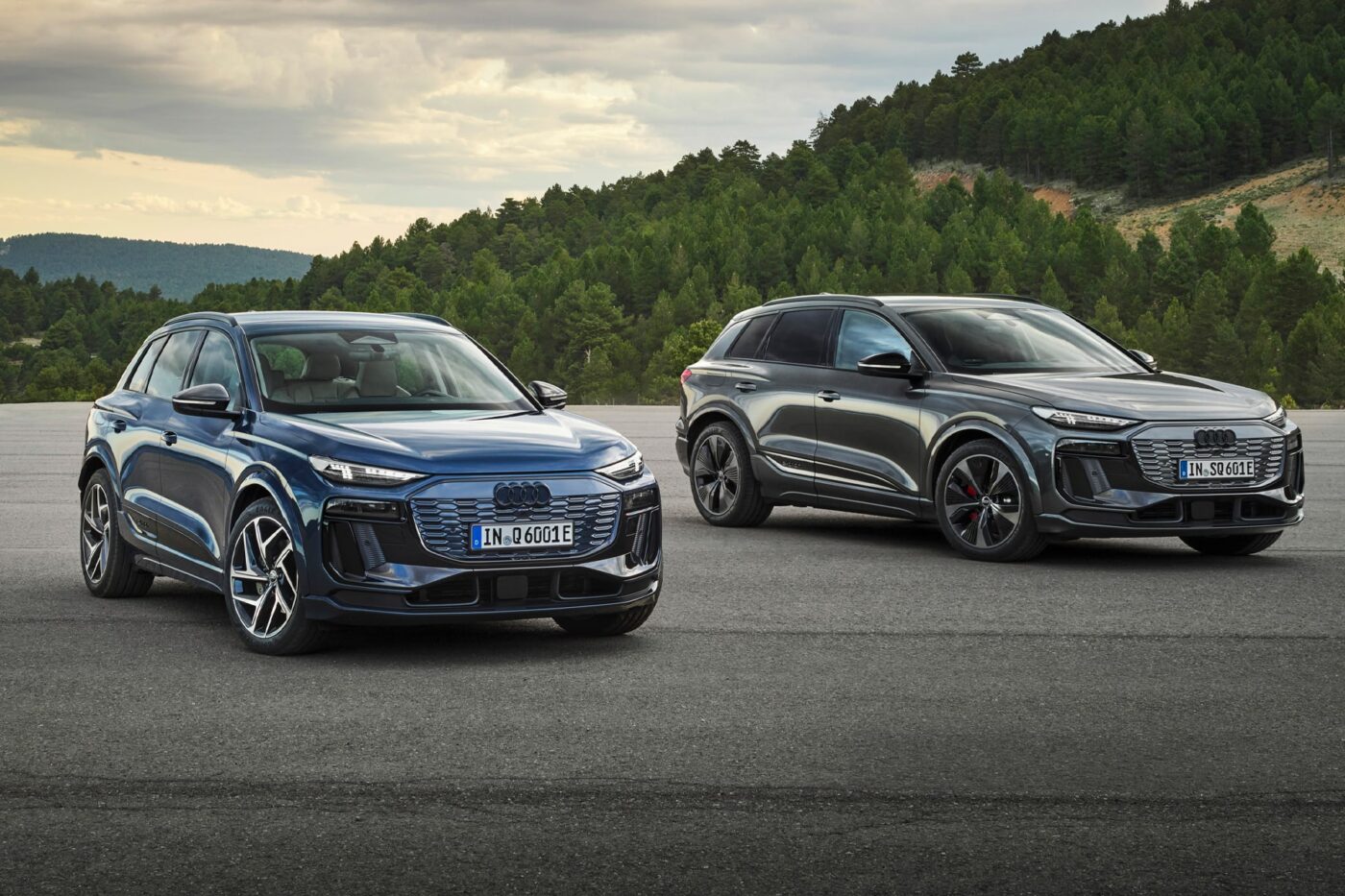
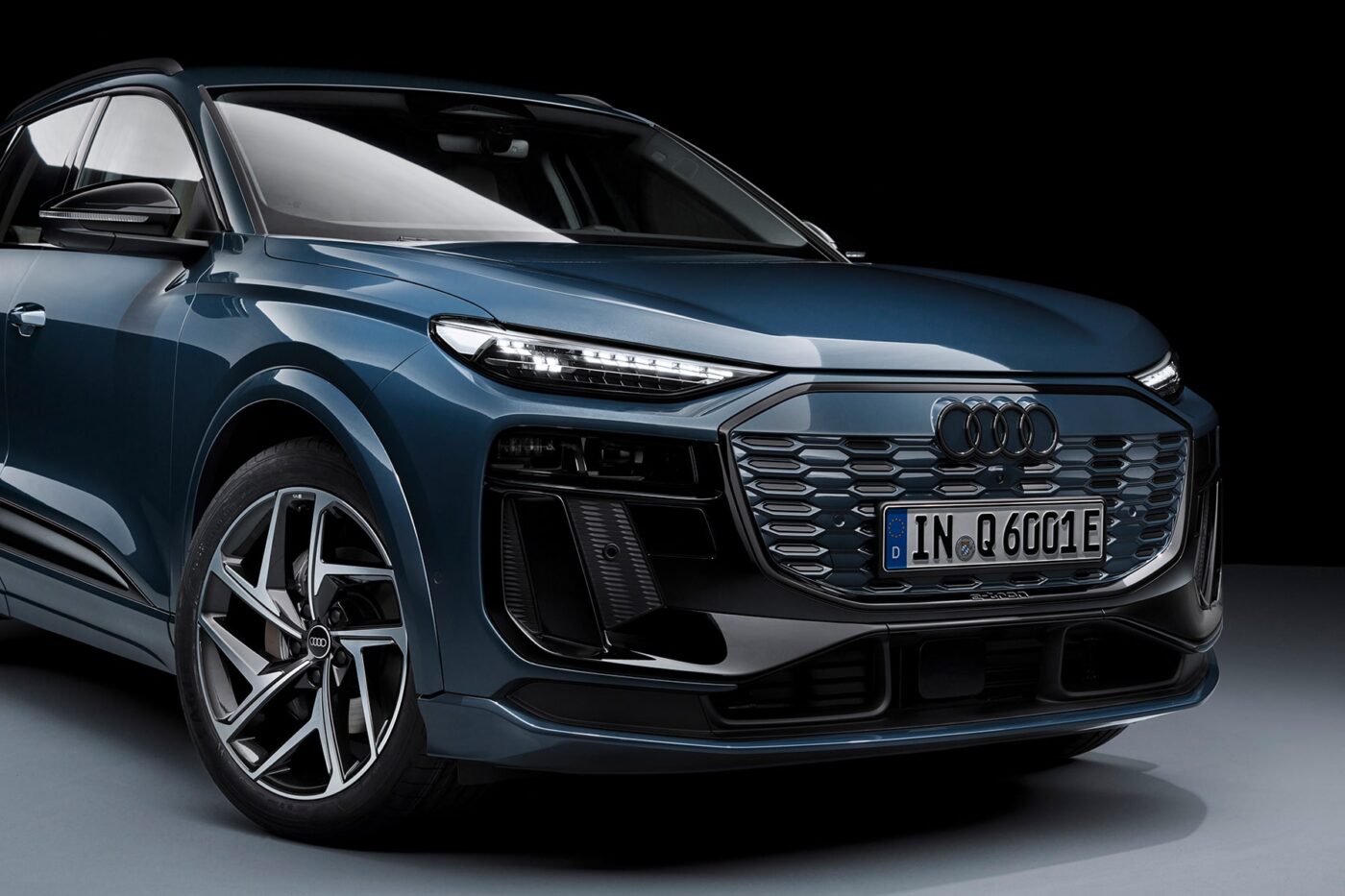

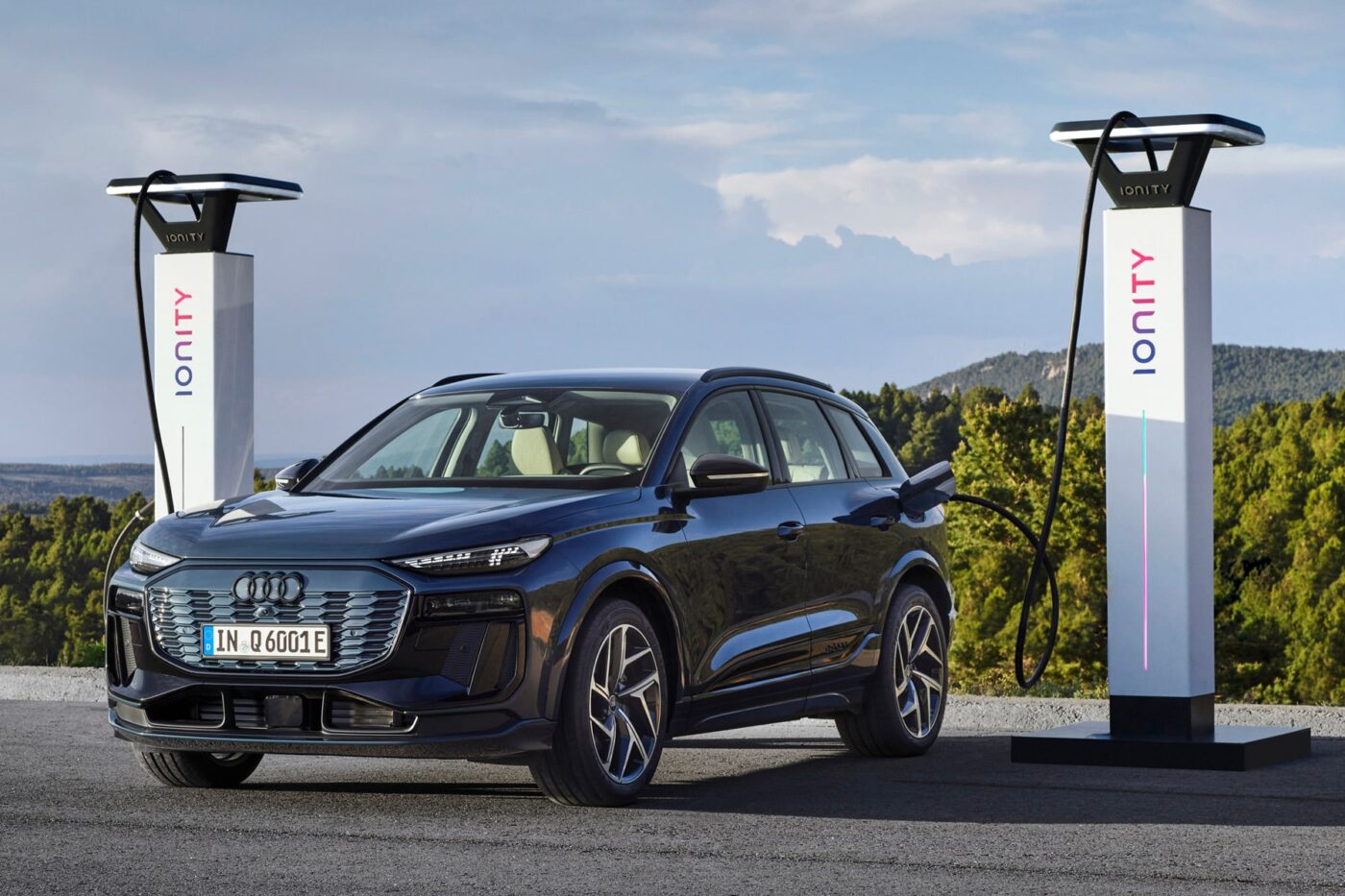
A look at the technical data reveals the – unsurprising – relationship to the electric Porsche Macan. As Porsche was a few weeks earlier with the world premiere of its first PPE model, and there was already extensive coverage of a technology workshop in December, the 100 kWh gross energy content of the lithium-ion battery is already known. Audi also groups the 180 prismatic cells into twelve modules. One minimal difference: Porsche has stated a usable net energy content of 95 kWh. Audi speaks of 94.9 kWh – a difference purely on paper. As the data, including the NCM811 cell chemistry, is the same, Audi likely also sources the cells from CATL from the Thuringian plant – even if Audi does not explicitly confirm this.
However, the charging performance is the same. Audi specifies a peak DC charging power of up to 270 kW for the 800-volt system. Electricity for 255 kilometres should be recharged in ten minutes, while the standard charging process from ten to 80 per cent should take around 21 minutes. Audi outperforms rival models such as the 400-volt Mercedes EQE SUV. With “intelligent, high-performance and predictive thermal management,” charging performance will be constantly available. The “bank charging” at 400-volt charging stations already presented by Porsche, in which the battery is virtually divided into two 400-volt units, is also not just a Porsche feature but one of the PPE – and can therefore also be found in the Q6 e-tron. Incidentally, like the Macan, the Q6 e-tron also has its charging ports above the rear wheel – in Europe, on the left for AC and DC via CCS, and on the right only AC.
Another similarity with Porsche is that Audi is also launching two drive variants on the market at market launch, both of which utilise the 100 kWh battery. However, the difference lies in the drives, as the platform is flexible enough to accommodate different drive units. Porsche relies on permanently excited synchronous motors (PSM) on both axles. Audi manufactures its electric motors for the Q6 e-tron in Györ, Hungary. A PSM is also used at the rear (but with an active length of 200 millimetres, it is slightly shorter than the one in the Porsche), while the Ingolstadt-based company relies on an asynchronous motor (ASM) at the front axle. Its active length of 100 millimetres corresponds to the PSM from the Porsche – albeit with a different functional principle. The new PPE drives from Audi will also be significantly smaller and lighter than the electric motors previously built in Györ.
However, with 285 kW for the basic all-wheel drive and 380 kW for the SQ6 e-tron, the performance data differs from the Macan 4 and Macan Turbo.
| Q6 e-tron | SQ6 e-tron | |
|---|---|---|
| Drive | AWD | AWD |
| Power | 285 kW | 380 kW |
| Acceleration | 5,9 s | 4,3 s |
| Top speed | 210 km/h | 230 km/h |
| Range WLTP | 625 km | 598 km |
| Battery capacity | 100 kWh | 100 kWh |
| Charging capacity DC | 270 kW | 270 kW |
| Charging time DC 10-80% | 21 min | 21 min |
| Price | 74.700 Euro | 93.800 Euro |
According to Audi, there will be two variants with rear-wheel drive “later.” One model will focus on efficiency and range (presumably with the 100 kWh battery), while the other model will mark the entry into the Q6 e-tron series – in which case only ten modules with an energy content of 83 kWh will be installed in the underbody. It is striking that Audi has only referred to the basic all-wheel drive model as the Q6 e-tron and the more powerful model as the SQ6 e-tron. It is thus not yet known what the exact model designation of the two rear-wheel drive models will be. However, the rather cryptic two-digit numbers may no longer be used under Döllner.
While there are no details on this yet, it is clear that the Q6 e-tron is 4.77 metres long, 1.94 metres wide (without exterior mirrors) and 1.65 metres high. The wheelbase is 2.90 metres – or 2.899 metres, to be precise.
There are hardly any surprises when it comes to the body’s design; after all, Audi itself had only recently exhibited minimally camouflaged prototypes, for example at the IAA 2023. The basic proportions with a long wheelbase and short overhangs were already clearly visible with the camouflage film. However, defining elements such as the closed but three-dimensionally moulded Singleframe at the front are also already known. The main headlights are hidden in the air intakes, and the high-positioned headlight units are only the LED daytime running lights. Many different light graphics are possible here with the pixel display and at the rear.
In the side view, there is another striking stylistic element that the now-departed head of design Marc Lichte has already integrated into the e-tron quattro: The black element at the bottom of the doors will be an indication of the location of the all-important battery. Whether this feature will also be found in other electric Audis without Lichte remains to be seen. “Making technology visible” was the approach at the time. Audi still uses this guiding principle, but it refers to the so-called “quattro blisters”, i.e. the contours of the body on which the flat sloping D-pillars are based.
Audi had already presented the interior of the Q6 e-tron in the white and grey prototype at the IAA, so here is just a brief overview. Audi states that the interior is “more consistently orientated towards the needs of customers than ever before”. However, this does not mean a radical break; the interior of the Q6 e-tron is also immediately recognisable as an Audi. There are more adjustments in the details.
The main thing that stands out is the slightly different arrangement of the screens, which characterises the design. Visually, the 11.9-inch driver display of the Audi virtual cockpit and the now 14.5-inch MMI touchscreen for infotainment form a single unit. The touchscreen is designed as a curved display and tilts towards the driver – the driver will be able to reach the right-hand edge of the display in their “driver’s reach.” A common frame surrounds both screens, the shape of which will be reminiscent of the Audi-typical single-frame grille. Special ambient lighting will also ensure that the curved display “literally floats” at night. An augmented reality head-up display is also available as an option.
526-litre boot, 2,400 kg towing capacity
Further back, the focus is less on operating logic and more on comfort and utility. With its 2.90 metre long wheelbase and flat interior floor without the cardan tunnel of a combustion all-wheel drive vehicle, the Q6 e-tron will be “generously spacious and roomy as well as highly suitable for everyday use.” The boot holds up to 526 litres. If the rear seat backrests are folded down completely – this is also possible in a 40:20:40 ratio – 1,529 litres are available. And there is a 64-litre frunk under the front bonnet. This puts the Q6 e-tron on a comparable level to the Macan. The frunk and boot are minimally larger in the Porsche, while the Audi offers more load volume with the rear seats folded down. However, with a towing capacity of up to 2.4 tonnes, the Audi outweighs the Porsche by 400 kilograms.
The Q6 e-tron is definitely a first: it is the first electric model series to be built at Audi’s main plant in Ingolstadt. The Board of Management and Supervisory Board have decided to convert the existing plants and not to build any new ones. In Ingolstadt, for example, the company has set up its own battery assembly line, while Porsche has the battery packs pre-assembled by the supplier Dräxlmaier. The PPE will be integrated into the existing assembly lines – and built together with the combustion engines.
The Q6 e-tron will be available to order from March at prices starting from €74,700, while the SQ6 e-tron will cost at least €93,800 in Germany. Prices for other countries were not available at the time of writing. Both variants will be delivered from summer 2024.
Source: Infos per mail; only available in German at the time of writing

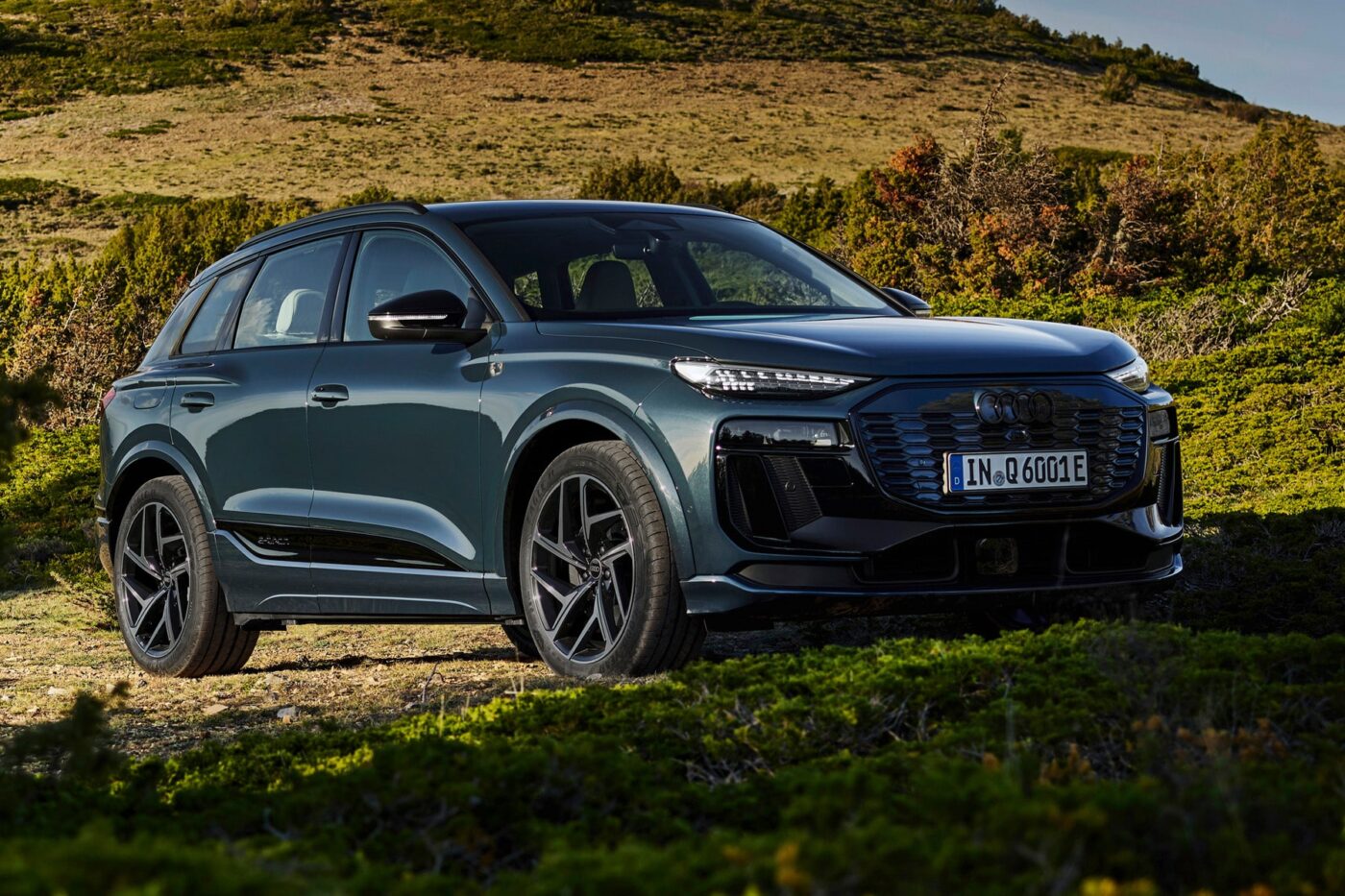



0 Comments